Think calico cats are a specific breed? You’re not alone—many cat enthusiasts make this mistake. These striking tri-color felines, featuring white, black, and orange patches, are one of nature’s genetic masterpieces. No two calico cats look exactly alike, thanks to random X-chromosome inactivation during development. Almost always female, named after Indian fabric, and steeped in cultural lore, calico cats captivate with their beauty and science. In this guide, we’ll debunk myths, explore their genetics, health, personality, and more to help cat lovers understand these unique pets.

Defining the Calico Cat Coat Pattern
A true calico cat displays three distinct colors: white plus black (or its variations) and orange (or red). These form bold, patchwork patches that resemble hand-painted art. The white acts as a canvas, separating the black and orange areas into clear sections.
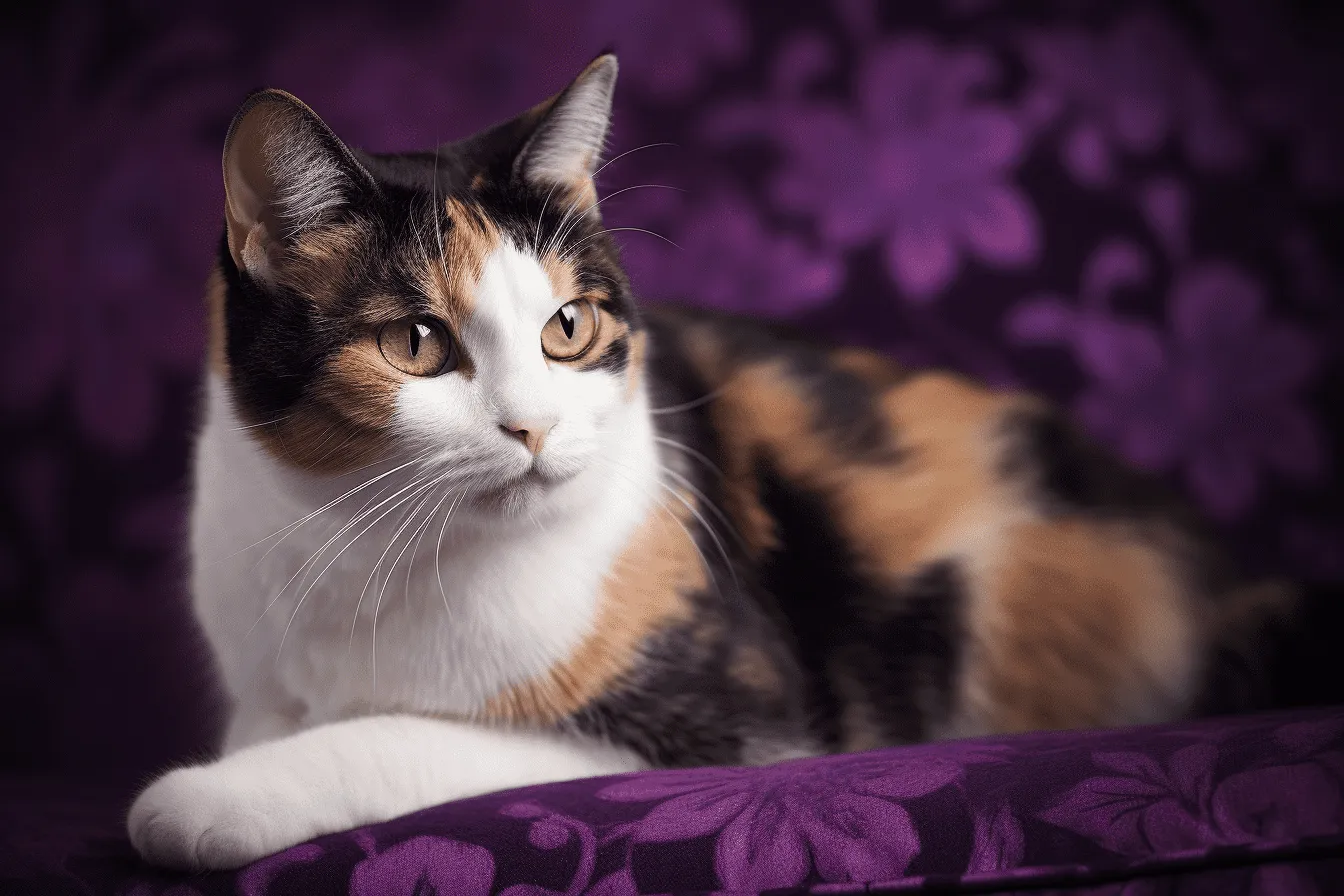 Calico cat lounging on purple couch under studio lighting
Calico cat lounging on purple couch under studio lighting
Black patches can vary from solid jet black to gray tabby or dilute blue-gray. Orange areas might show as vivid red, striped tabby, or soft cream. A dilute calico features muted tones like white, blue, and cream, offering a pastel elegance while retaining the classic tri-color essence. This variation stems from dilution genes, common in many domestic cats.
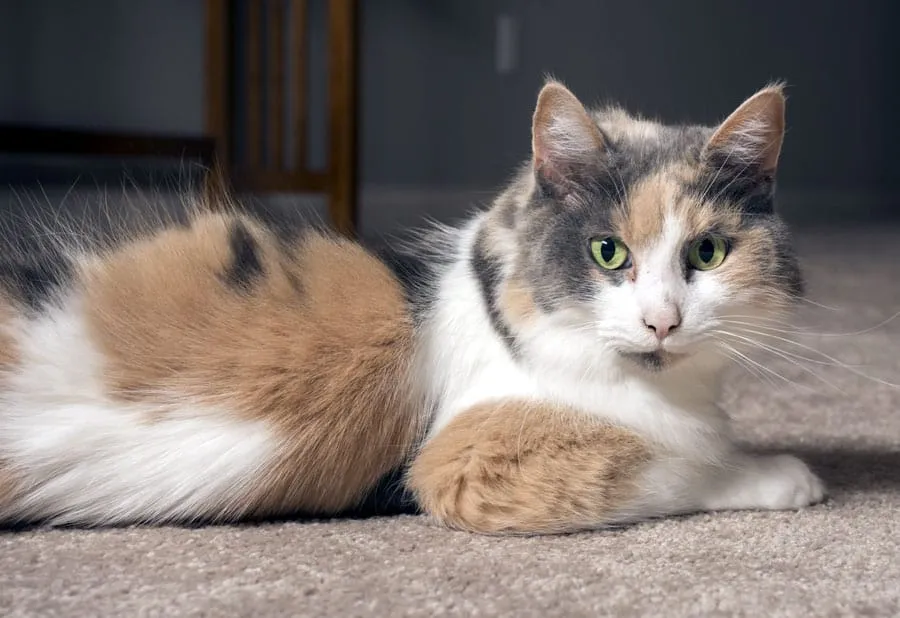 Dilute calico cat with soft muted colors
Dilute calico cat with soft muted colors
Calico vs. Tortoiseshell Cats: Key Differences
Calico and tortoiseshell (tortie) patterns often confuse newcomers. Calicos require substantial white to create separated color blocks. Less white leads to blending, forming tortie mottling.
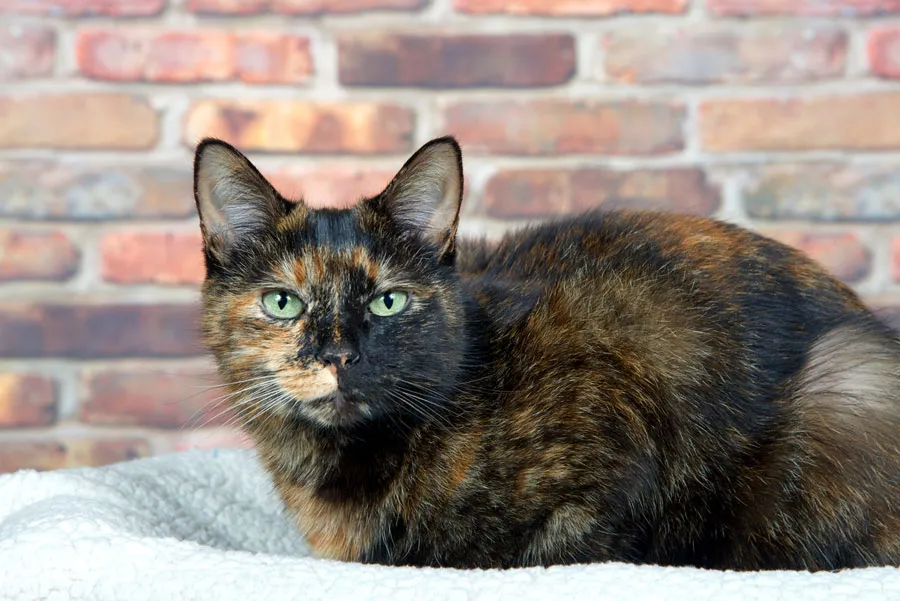 Tortoiseshell cat with blended black and red patches
Tortoiseshell cat with blended black and red patches
Without white, you get a pure tortoiseshell—intermingled black and orange in a brindle-like effect. Both share genetics but differ in white presence, explaining why they’re sometimes lumped as “tortie-and-white” cats.
The Role of Tabby Markings in Calicos
Most calico cats reveal tabby traits, especially in orange zones. Tabby genes are nearly universal in felines, masked by solid colors but visible in reds. Look for the iconic “M” on the forehead or stripes in red patches.
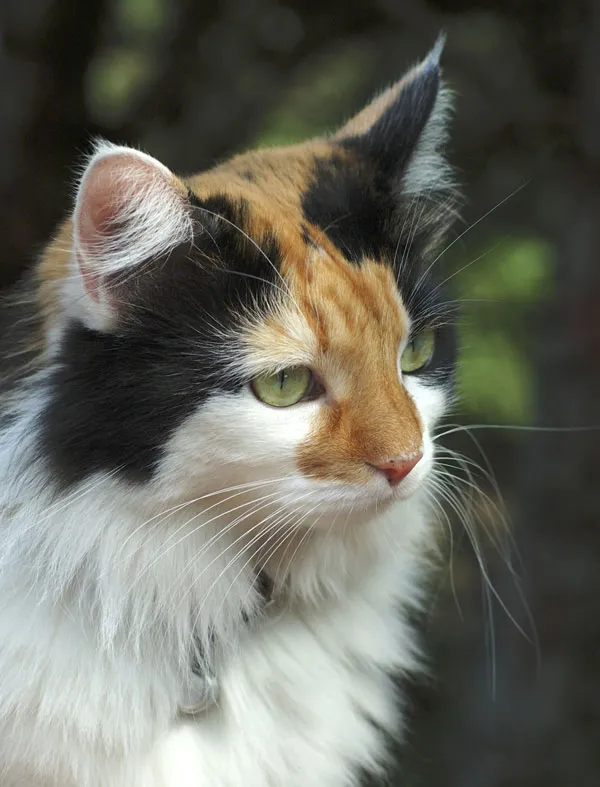 Calico cat showing tabby M marking on forehead
Calico cat showing tabby M marking on forehead
Gray tabby blacks or cream tabby oranges enhance the pattern’s complexity, blending heritage with calico flair.
Origin of the Name “Calico”
“Calico” traces to 16th-century Calicut (now Kozhikode), India—a hub for white fabric printed with black and orange-red patches. The term spread to describe similar patterns in horses by the 1800s and cats by the 1880s.
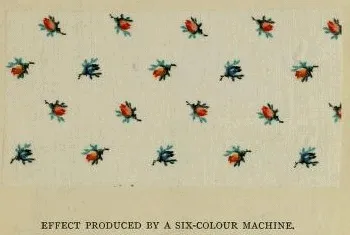 Historical sample of calico fabric printed in six colors
Historical sample of calico fabric printed in six colors
This textile legacy immortalizes calico cats’ patchwork charm.
Calico: Not a Breed, But a Pattern
Calico refers to color, not breed. It appears across Persians, Maine Coons, American Shorthairs, Manx, Scottish Folds, Siberians, and even hairless Sphynx. Breeds like Bengals, Abyssinians, and Bombays can’t produce it due to fixed patterns. For Bengal lovers, check out details on a purebred bengal cat.
Colorpoint breeds like Ragdolls show tortie points instead, mimicking calico genetics.

Unraveling Calico Cat Genetics
Calico genetics tie to sex chromosomes, explaining female dominance.
Basics of Feline Chromosomes
Cats follow mammalian XY system: males XY, females XX. The orange/black gene resides on X. Males get one X (orange or black only). Females inherit two—one orange, one black—enabling duality.
X-Inactivation Magic
Early in embryos, one X randomly inactivates per cell via Barr bodies. Active genes dictate fur: black, orange, or neither (white). This mosaicism ensures unique patterns.
Rare male calicos (XXY, Klinefelter-like) exist but are sterile with health risks, per veterinary studies from the American Veterinary Medical Association (AVMA).
Male Calico Cats: Rarity and Challenges
Only 1 in 3,000 calicos are male, requiring XXY. They’re often infertile and prone to issues like heart defects. Ethical breeders avoid breeding them; value them as companions only.
Calico Personality Traits
“Tortitude”—feisty, vocal, independent—is folklore, not fact. Studies, including those from the University of California, show no coat-personality link. Calicos span sweet lap cats to spirited explorers.
 Calico cat displaying confident personality
Calico cat displaying confident personality
Individual experiences shape temperament, influenced by socialization and environment.
Health Insights for Calico Cats
Calico coloring poses no inherent risks for females. Breed-specific issues (e.g., Persians’ breathing problems) apply separately. Males face chromosomal woes. Routine vet care, per ASPCA guidelines—vaccinations, spaying/neutering, diet—ensures longevity (12-15+ years).
Adopting Your Calico Companion
Shelters overflow with calicos, ideal for mixed-breed adoptions. Costs: $50-200, including exams.
 Calico cat in shelter cage awaiting adoption
Calico cat in shelter cage awaiting adoption
Breeders offer pedigreed options at standard prices. Kittens bring milestones; adults offer known traits.
 Kitten versus adult cat adoption choice
Kitten versus adult cat adoption choice
Global Cultural Significance of Calico Cats
Calicos symbolize luck worldwide.
Japan: Maneki Neko Icons
“Mi-ke” (three colors) embody fortune; Maneki Neko statues beckon prosperity.
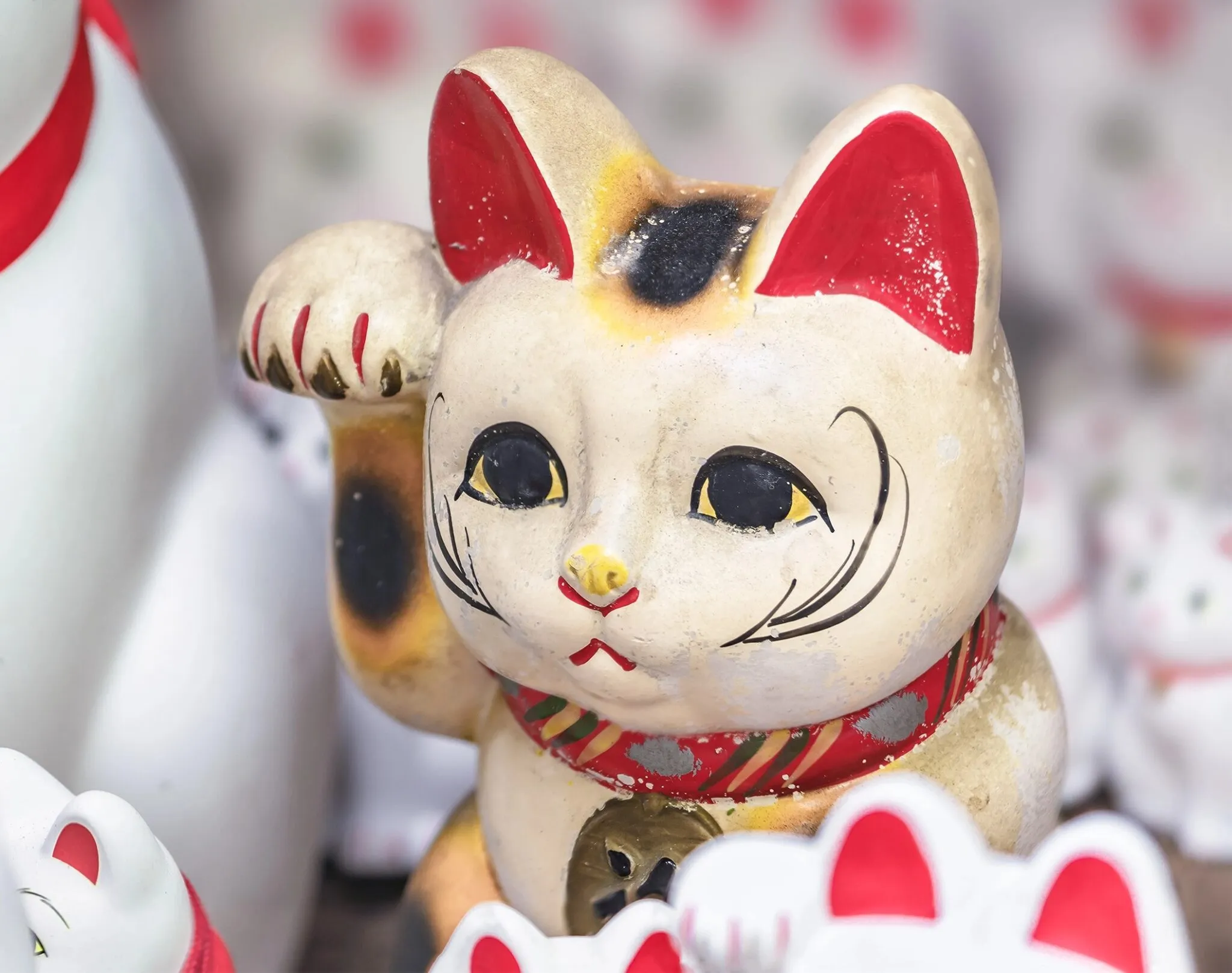 Japanese Maneki Neko figurines with calico patterns
Japanese Maneki Neko figurines with calico patterns
Sailor Superstitions and More
Maritime tales credit them with storm protection. Germany’s “Glückskatze,” U.S. “money cats” (Maryland state cat), and Irish wart cures highlight mysticism.
Final Thoughts on Calico Cats
Calico cats blend art, science, and folklore into perfect pets. Their genetics ensure individuality, while cultural roles add allure. Whether adopting or admiring, prioritize health via vets and quality care. Share your calico stories—unique patterns await!
 Calico cat with prominent tabby markings
Calico cat with prominent tabby markings Sexing calico kittens guide illustration
Sexing calico kittens guide illustration Classic tortoiseshell cat close-up
Classic tortoiseshell cat close-up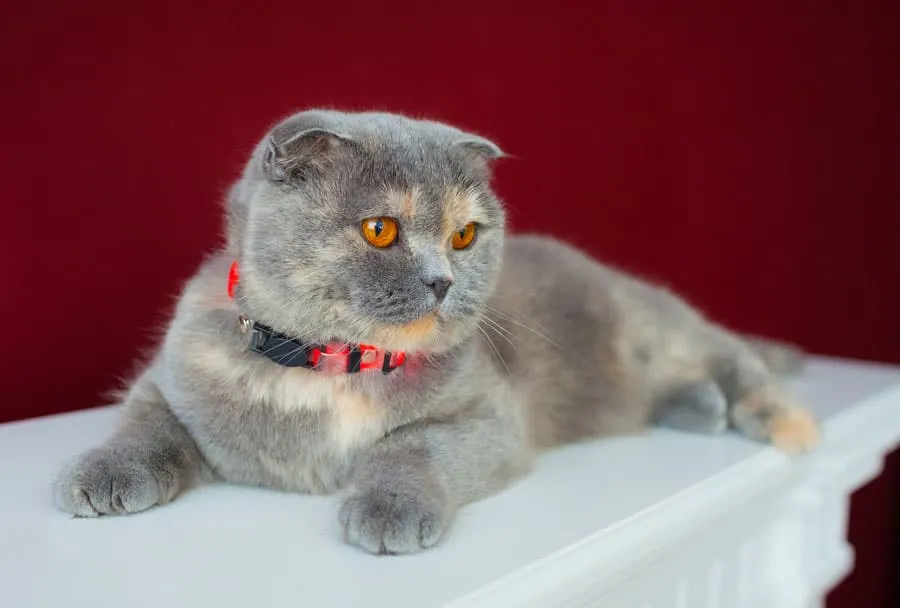 Dilute tortoiseshell cat example
Dilute tortoiseshell cat example
References:
- American Veterinary Medical Association (avma.org) on feline genetics.
- ASPCA (aspca.org) pet health guidelines.
- Maryland State Archives on state symbols.
